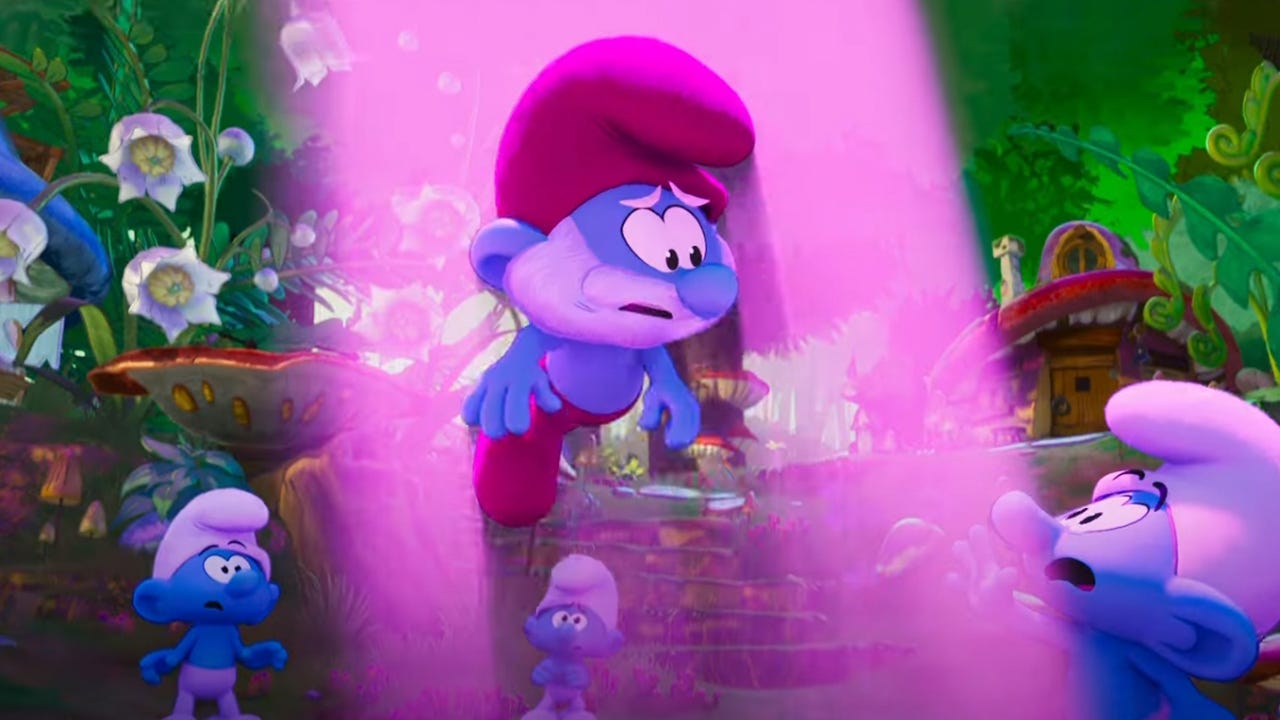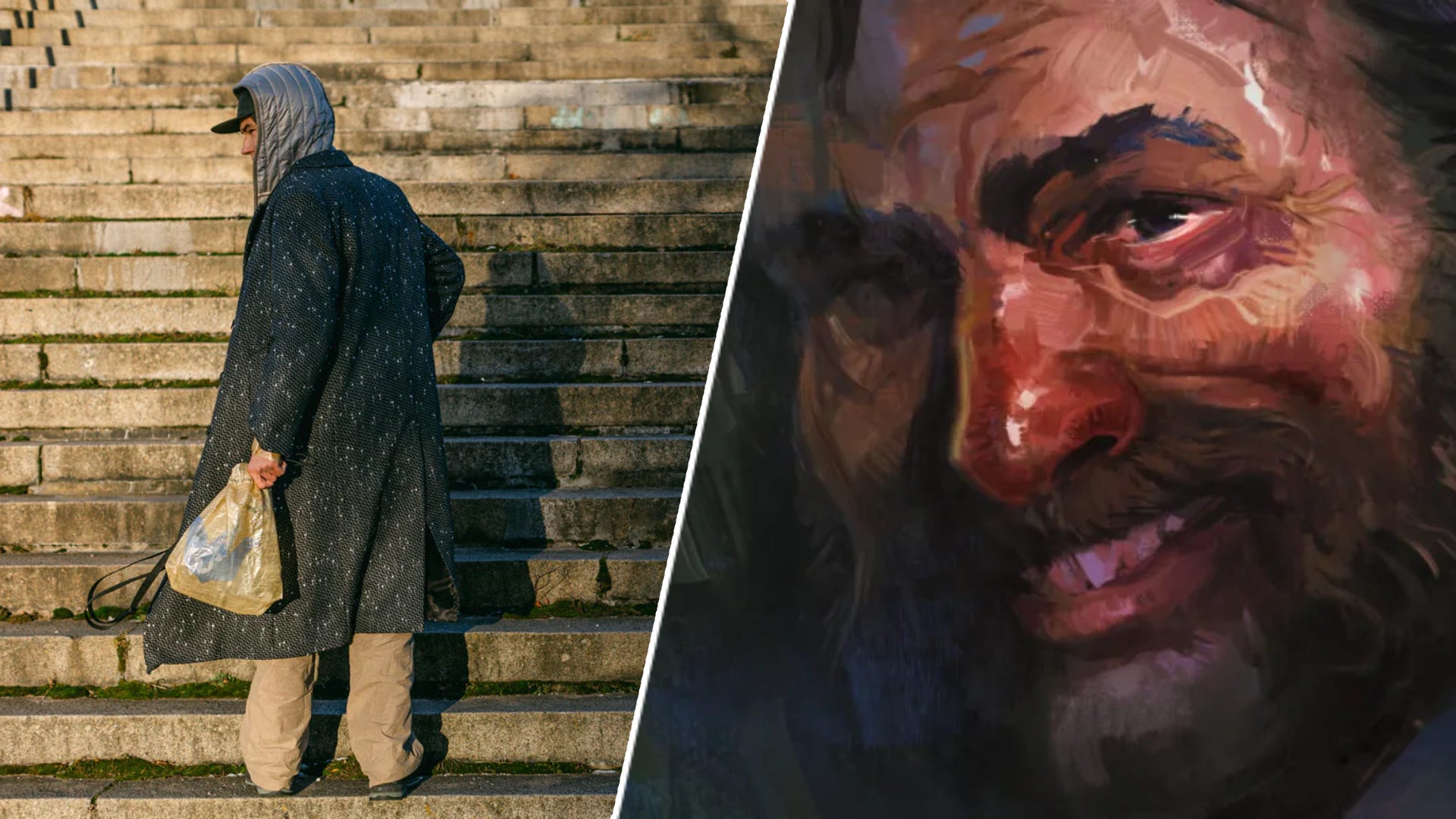Family Matters: On “The Mirage”
This is the third in a series of short essays considering film restorations from the past year.The Mirage (Nirad Mohapatra, 1983).The elders in my family often reminisce about the boisterous houses of eastern India in which they were raised. A dozen shared a single bathroom; grandparents, aunts, and uncles lived under one roof; cousins were considered siblings; and their courtyards hosted birthdays and religious festivals. But the images they recount remain hazy to me, as I can only imagine such a past. The crowded rooms have emptied out, and younger generations have since moved across cities and continents. Some of the houses have been demolished to make way for larger apartment buildings. Those few still standing remain under the care of the last surviving elder. This is the common story of the Indian joint family, the once dominant social structure that brought together members of several generations under the same roof. Nirad Mohapatra’s The Mirage (1983) offers a careful examination of the disintegration of the joint family and the rise of the nuclear family in its place. A new restoration, spearheaded by the Film Heritage Foundation in collaboration with L’Immagine Ritrovata laboratory and the Mohapatra family, screened last year at Il Cinema Ritrovato in Bologna and at the MAMI Mumbai Film Festival, and more recently at the Museum of Modern Art’s To Save and Project festival of film preservation. Today, the film is a window onto India’s domestic revolution, illuminating the personal desires and sacrifices that have propelled the country’s highly unequal economic growth. The Mirage (Nirad Mohapatra, 1983).The Mirage revolves around the household of Raj Kishore (Bansidhar Satpathy), a semi-retired headmaster of a local school in India’s eastern state of Odisha. His wife (Manimala) and his pregnant daughter-in-law, Prabha (Manaswini Mangaraj), share the bulk of the household chores. Tuku (Binod Mishra), Prabha’s husband, is a cash-strapped lecturer at a local college and the dutiful eldest son at home. Tutu (Sampad Mahapatra), the second son and the pride of the family, has earned a place to study at a Delhi college. The film’s narrative loosely centers on Tutu’s comings and goings from the house and his eventual entrance into the Indian Administrative Service (IAS), a coveted government civil service position which promises security, upward mobility, and relocation to a larger city, necessitating permanent departure from the home.Mohapatra portrays the family realistically, avoiding the trappings of drama in favor of long silences and a restrained plot. The film’s primary emotions are guilt, frustration, and boredom. Family members are often found by themselves, bathed in the shadows of their grand, decaying home, waiting for something to happen. They are lonely, yet they yearn for privacy. Prabha hides in her room while Tuku is at work; Bulu (Bibekananda Satpathy), the third son, spends his days and nights on the terrace. The general idleness of the film and its slow pacing demonstrate how the household is run: Prabha and her mother-in-law constantly serve tea, cook meals, and wash clothes for the men. The brief dialogues concern chores, money, and familial obligations. There are few fights in common spaces, and even fewer displays of love and affection. The Mirage (Nirad Mohapatra, 1983).“I belong there, to the small-town middle-class joint family, and have been fascinated by its dreams and agonizing nightmares,” wrote Mohapatra about the film, his first and only feature. The Mirage was the result of a year-long process of shooting on location in an abandoned house in Odisha. Working with a mostly amateur cast and crew, Mohapatra relied largely on improvisation and drew from his time at the Film and Television Institute of India, known for encouraging experimentation and realism in Hindi and regional cinemas. The Mirage was a resounding success upon its release. One of the few Odia-language films to receive international acclaim, it was screened at Cannes and Locarno, alongside many other festivals in the US and Europe. But the film soon faded into obscurity, partially a result of Odia cinema’s smaller audience, especially relative to its Hindi and Bengali counterparts. After Mohapatra’s death in 2015, his son embarked on a mission to restore the film, eventually enlisting the assistance of the Film Heritage Foundation. Together, they located the original camera negative in an abandoned warehouse in Chennai, where the reels showed signs of mold, shrinkage, and vinegar syndrome. After almost three years of restoration efforts, the film’s revival is nothing short of a miracle. Seen today, forty years after its release, The Mirage offers a critique of modern-day India, exposing the faulty ideology of individualism and economic progress which accompanied the dissolution of the joint family. Tutu represents a success story of the new order: he studied in the capital and landed an elite job, but is depic

This is the third in a series of short essays considering film restorations from the past year.

The Mirage (Nirad Mohapatra, 1983).
The elders in my family often reminisce about the boisterous houses of eastern India in which they were raised. A dozen shared a single bathroom; grandparents, aunts, and uncles lived under one roof; cousins were considered siblings; and their courtyards hosted birthdays and religious festivals. But the images they recount remain hazy to me, as I can only imagine such a past. The crowded rooms have emptied out, and younger generations have since moved across cities and continents. Some of the houses have been demolished to make way for larger apartment buildings. Those few still standing remain under the care of the last surviving elder.
This is the common story of the Indian joint family, the once dominant social structure that brought together members of several generations under the same roof. Nirad Mohapatra’s The Mirage (1983) offers a careful examination of the disintegration of the joint family and the rise of the nuclear family in its place. A new restoration, spearheaded by the Film Heritage Foundation in collaboration with L’Immagine Ritrovata laboratory and the Mohapatra family, screened last year at Il Cinema Ritrovato in Bologna and at the MAMI Mumbai Film Festival, and more recently at the Museum of Modern Art’s To Save and Project festival of film preservation. Today, the film is a window onto India’s domestic revolution, illuminating the personal desires and sacrifices that have propelled the country’s highly unequal economic growth.

The Mirage (Nirad Mohapatra, 1983).
The Mirage revolves around the household of Raj Kishore (Bansidhar Satpathy), a semi-retired headmaster of a local school in India’s eastern state of Odisha. His wife (Manimala) and his pregnant daughter-in-law, Prabha (Manaswini Mangaraj), share the bulk of the household chores. Tuku (Binod Mishra), Prabha’s husband, is a cash-strapped lecturer at a local college and the dutiful eldest son at home. Tutu (Sampad Mahapatra), the second son and the pride of the family, has earned a place to study at a Delhi college. The film’s narrative loosely centers on Tutu’s comings and goings from the house and his eventual entrance into the Indian Administrative Service (IAS), a coveted government civil service position which promises security, upward mobility, and relocation to a larger city, necessitating permanent departure from the home.
Mohapatra portrays the family realistically, avoiding the trappings of drama in favor of long silences and a restrained plot. The film’s primary emotions are guilt, frustration, and boredom. Family members are often found by themselves, bathed in the shadows of their grand, decaying home, waiting for something to happen. They are lonely, yet they yearn for privacy. Prabha hides in her room while Tuku is at work; Bulu (Bibekananda Satpathy), the third son, spends his days and nights on the terrace. The general idleness of the film and its slow pacing demonstrate how the household is run: Prabha and her mother-in-law constantly serve tea, cook meals, and wash clothes for the men. The brief dialogues concern chores, money, and familial obligations. There are few fights in common spaces, and even fewer displays of love and affection.

The Mirage (Nirad Mohapatra, 1983).
“I belong there, to the small-town middle-class joint family, and have been fascinated by its dreams and agonizing nightmares,” wrote Mohapatra about the film, his first and only feature. The Mirage was the result of a year-long process of shooting on location in an abandoned house in Odisha. Working with a mostly amateur cast and crew, Mohapatra relied largely on improvisation and drew from his time at the Film and Television Institute of India, known for encouraging experimentation and realism in Hindi and regional cinemas. The Mirage was a resounding success upon its release. One of the few Odia-language films to receive international acclaim, it was screened at Cannes and Locarno, alongside many other festivals in the US and Europe. But the film soon faded into obscurity, partially a result of Odia cinema’s smaller audience, especially relative to its Hindi and Bengali counterparts.
After Mohapatra’s death in 2015, his son embarked on a mission to restore the film, eventually enlisting the assistance of the Film Heritage Foundation. Together, they located the original camera negative in an abandoned warehouse in Chennai, where the reels showed signs of mold, shrinkage, and vinegar syndrome. After almost three years of restoration efforts, the film’s revival is nothing short of a miracle. Seen today, forty years after its release, The Mirage offers a critique of modern-day India, exposing the faulty ideology of individualism and economic progress which accompanied the dissolution of the joint family. Tutu represents a success story of the new order: he studied in the capital and landed an elite job, but is depicted as a cold, harsh figure. “Your inferiority complex will get you nowhere, typical small-town mentality,” he says to Bulu. After Tutu marries a wealthier woman, the household gains a refrigerator, a dining table, and a photorealistic painting of two white children. While these emblems of urban consumption speak to his ascent into middle-class life, they cannot resolve the families’ broader anxieties.

The Mirage (Nirad Mohapatra, 1983).
Mohapatra’s ambivalence toward modernization is most clearly expressed through Prabha and Bulu, who seek independence but are shut out of the available pathways to opportunity. Prabha’s status as daughter-in-law means that she encounters the most regressive aspects of the joint family, but she’s also the film’s strongest character, openly rejecting her situation and insisting that the family hire domestic help. “Why would you need a servant when you have a slave like me!” she complains to her husband.
For Prabha, freedom is a maid—another woman to do the housework. While the solution would offer temporary relief from household duties, it’s unlikely to provide Prabha meaningful control over her life. As she struggles against the patriarchal expectations of the home, her demands anticipate the dystopian trajectory of India’s gender relations over the following decades. Today, the success of the middle- and upper-class Indian woman is underpinned by the expansion of low-wage domestic labor.
Bulu, on the other hand, has the privileges of a man, but his lower ranking in state exams has doomed him to a future of unemployment. His predicament is cast as a personal failure, and the family’s unsympathetic response is representative of an India captivated by the myth of meritocracy and cruel to those it leaves behind. India’s high-stakes testing regime, required for both education and government employment, has since become a site of political contestation.

The Mirage (Nirad Mohapatra, 1983).
Three years ago, angry mobs set fire to trains in Bihar in protest of the Indian Railways’ entrance exam, testifying to the crisis of unemployment and the “jobless growth” that has characterized the national economy over the past three decades. No matter how hard one works, there are simply not enough jobs. For much of the country’s working population, new employment opportunities are predicated on providing cheap, on-demand services to urban high-earners. The Mirage foreshadows this outcome, casting doubt on the idea that the individual pursuit of success will bring collective freedom.
The film’s ending revisits a recurrent scene: Bulu sits on the family terrace and stares across the village, seemingly pondering the escape he is unable to achieve. That the film is shot in Puri, a bustling seaside temple town in Odisha, is barely apparent to viewers—the family is almost entirely confined to the home, the sea is absent, and there are few signs of a world beyond the village. But the characters’ prevailing feeling of entrapment speaks not only to the burdens of antiquated tradition, but also to the precariousness of the path forward. As Mohapatra later reflected on the film, “Ultimately, [it is] about certain emotional bonds which make up a way of life and the painful realization that they cannot last.”
The Puri of my childhood bears strange resemblances to the Puri of Mohapatra’s domestic visions. It was there, some twenty years ago, that three generations of my family arrived at an old guest house facing the Bay of Bengal after taking the overnight train from Kolkata. My parents had long before immigrated across the world, my aunt had settled across the country, and my grandparents remained in a two-bedroom apartment in West Bengal, but for one weekend, we mimicked the routines of a joint family. It was the last time we all stayed together. My grandmother fell gravely ill a few years later, and the memories of those brief, beautiful days are now tinged with a sense of grief.

Further reading:
Adam Piron on Hollywood 90028 (1973)



















_Daniel_Lamborn_Alamy.jpg?#)
























































